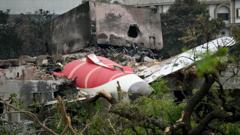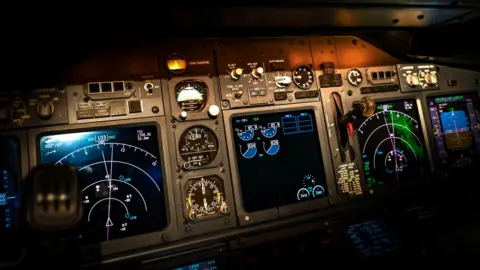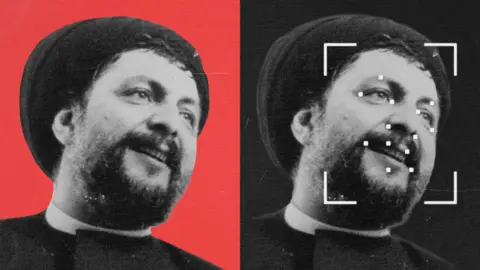While the preliminary report into the tragic crash of Air India Flight 171 has shed some light on the events surrounding the incident, it has also ignited a flurry of speculation and debate regarding the true cause. The Boeing 787 Dreamliner, which was departing from Ahmedabad headed for London, met with catastrophe shortly after take-off, resulting in the loss of 241 lives on board and 19 on the ground, although one passenger survived.
The report issued by India's Air Accident Investigation Bureau (AAIB) is the first official document made public since the incident. Per international guidelines, this preliminary report is designed to deliver a factual overview of findings within 30 days but does not draw any definitive conclusions regarding the accident. Signals of controversy arise, however, particularly concerning the involvement of the pilots in the unfolding events leading to the crash.
Included within the AAIB report is an assertion that two fuel cut-off switches were moved to a "cut-off" position shortly after take-off, thus depriving the engines of fuel and causing a loss of thrust. Flight data later indicated that, while the engines could be restarted, the attempts were too little, too late. Expert commentary regarding the report has signaled concern about what is perceived as a selective release of information.
One contentious detail from the report cites a conversation between the pilots wherein one asked, “why did you cut off?” to which the colleague responded, “I did not do so.” Yet, without context or a direct transcript from the cockpit voice recorder, questions persist about the nature of this exchange and which pilot was involved. This lack of clarity contributes to a growing narrative among some commentators alleging intentional pilot actions, a view that has triggered backlash from groups like the Indian Commercial Pilots' Association, which implores caution against making premature and destructive assumptions.
Despite the issue of accountability, experts within the aviation industry have noted considerable missing details that would provide greater insight into the sequence of events immediately surrounding the switch operation. Criticisms have been raised regarding the absence of comprehensive transmissions from the cockpit, with key voices in aviation stating that the report's current form does not satisfy the need for transparency or thorough investigation.
Further complicating the narrative is a 2018 alert from the US Federal Aviation Administration (FAA) regarding fuel cut-off switches that, while revealed in the report, did not constitute a mandate for immediate action. The AAIB pointed out that Air India had not performed recommended inspections despite the safety warnings, leading to speculation that defective switches might have contributed to the crash. However, FAA officials later reaffirmed that this concern did not imply a direct link to safety risks.
While various hypotheses continue to circulate regarding the events of Flight 171, the vagueness and selectivity of the report have led to accusations that it may be a calculated effort to obscure facts or avoid laying blame prematurely. Industry stakeholders anticipate awaiting a final report, typically expected within a year but subject to delays, amid growing impatience for unequivocal answers about a tragedy that has deeply impacted many lives.





















